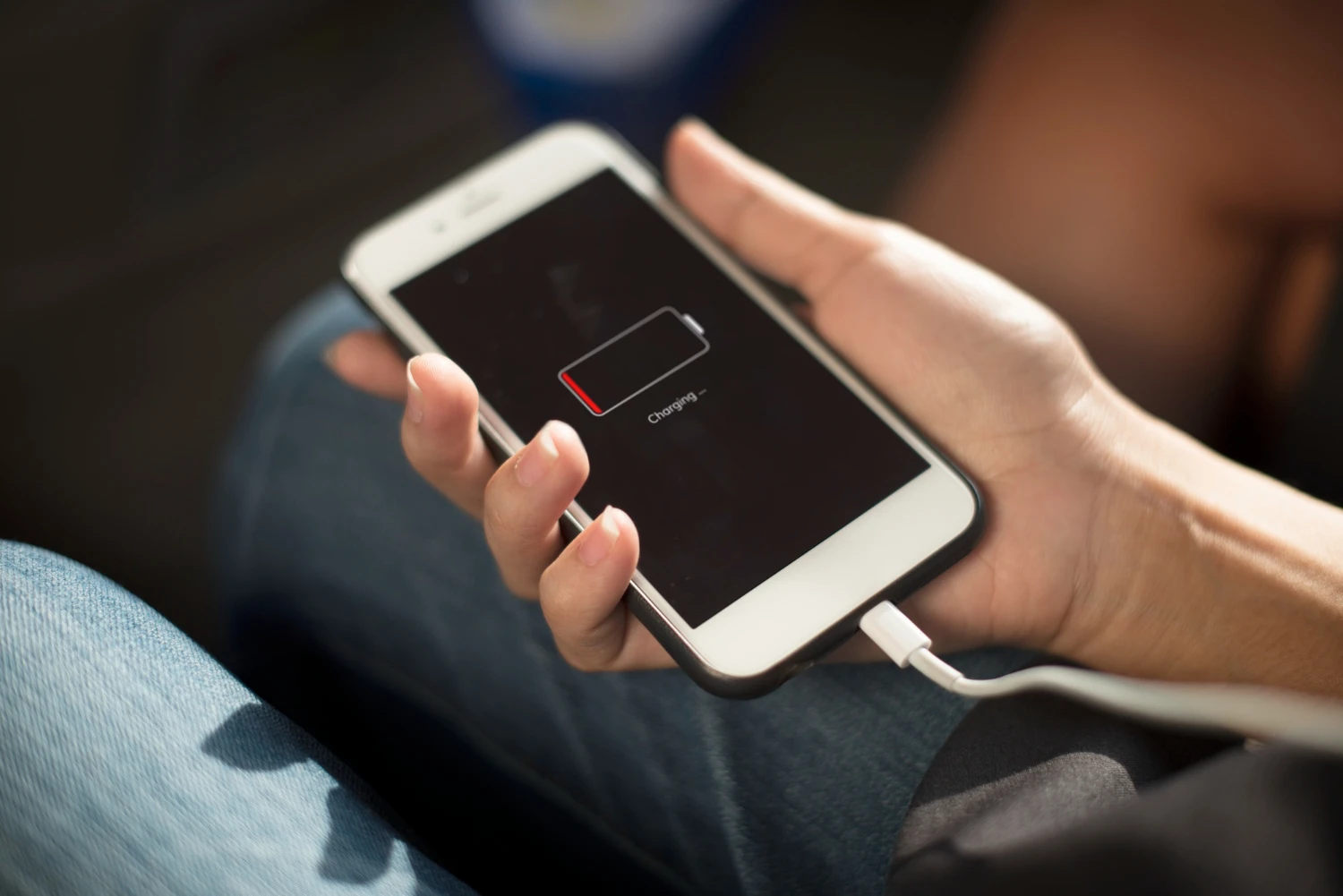Smartphones have become indispensable, yet their batteries often struggle to keep up with our demanding routines. Constant charging and discharging cycles, coupled with background activities, can degrade battery health and reduce overall lifespan. Fortunately, modern devices offer adaptive charging and sleep-scheduling features designed to minimize wear and optimize energy usage. In this post, we’ll explore actionable lifehacks to harness these settings effectively. By understanding how to configure charging thresholds, automate sleep modes, and manage power-hungry apps, you can extend your battery’s longevity and enjoy reliable performance throughout the day.
Understand Adaptive Charging Features

Adaptive charging, sometimes called optimized charging or battery health management, leverages machine learning to adjust charge rates and pause charging at critical levels. Instead of charging to 100% immediately, your device learns your daily routine—such as when you typically unplug in the morning—and paces the final charge accordingly. To enable this, navigate to your battery settings and turn on any “optimized” or “adaptive” charge options. If available, set a maximum charge limit (often 80–90%) to reduce stress on the battery’s chemistry. Over time, these adjustments prevent the battery from staying at high voltage for long periods, which significantly slows capacity loss.
Configure Smart Sleep Timers
Putting your phone into a deep-sleep state when unused can prevent unnecessary background processes from draining power overnight. Use built-in Do Not Disturb or Bedtime modes to schedule automatic sleep activation at a set hour. These modes typically silence notifications, pause background syncing, and dim the display. For more control, employ automation shortcuts that toggle airplane mode or switch off Wi-Fi and cellular data during your designated sleep window. By reducing wireless radios and terminating nonessential tasks, you ensure the phone consumes only minimal power while idle. This practice not only conserves battery but also declutters your notifications when you wake up.
Manage Battery-Draining Apps
Some apps continue draining power even when not in active use—social media, location services, and streaming platforms top the list. Begin by identifying culprits in your battery usage report. Then, restrict background activity for these apps by disabling background data, revoking unnecessary permissions, or using built-in battery saver profiles that automatically pause resource-heavy processes when the battery falls below a threshold. You can also create custom automation rules: for example, trigger a script to close specific apps when battery levels drop below 50%, or launch power-saving mode at a predefined hour. Proactive management ensures that rogue processes don’t sap your battery unexpectedly.
Combine Automation for Optimal Results

To tie these lifehacks together, leverage your device’s automation tools—such as shortcuts or routines—to orchestrate charging and sleep behaviors seamlessly. Create a morning routine that disables sleep mode, re-enables background syncing, and lifts charge limits to top off the battery before you start the day. In the evening, schedule a “wind-down” shortcut that enables adaptive charging, switches on bedtime mode, and pauses background apps. Use voice commands or one-tap widgets to trigger these routines manually when your schedule deviates. By automating the entire cycle, you minimize manual adjustments and maintain consistent battery care, ensuring your device remains healthy and ready for action when you need it.

Leave a Reply